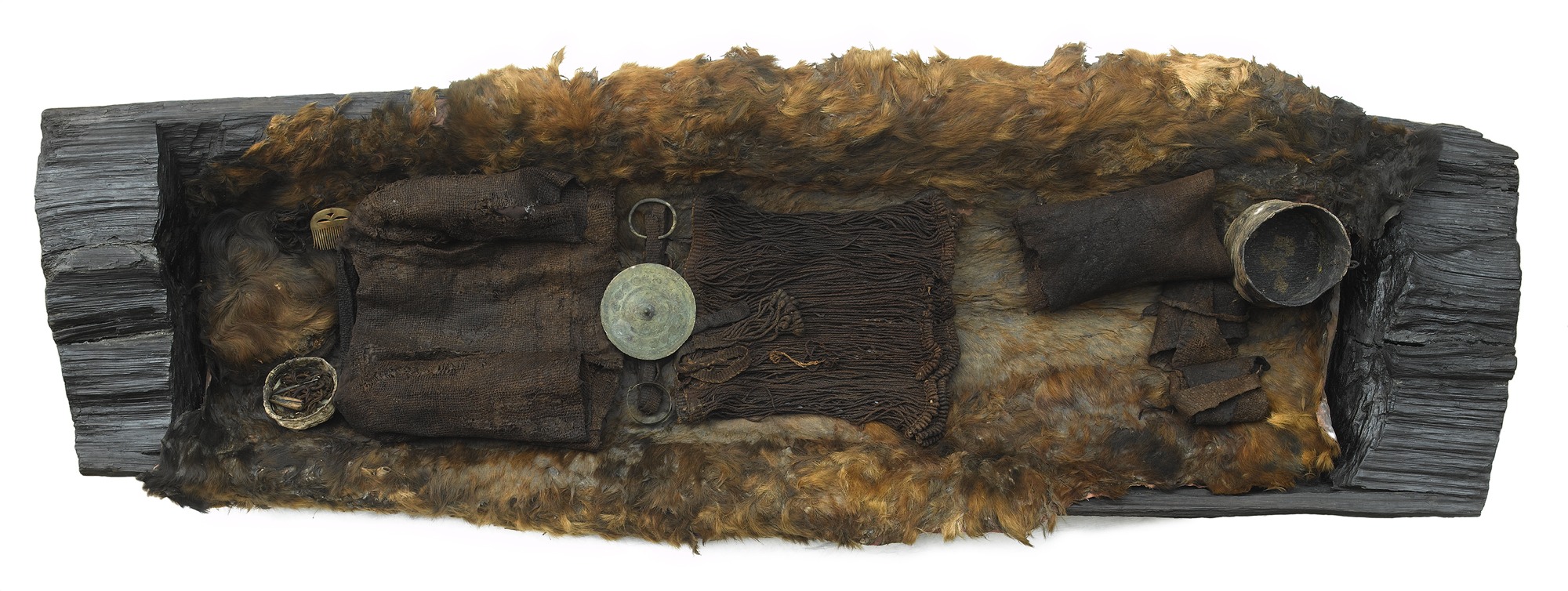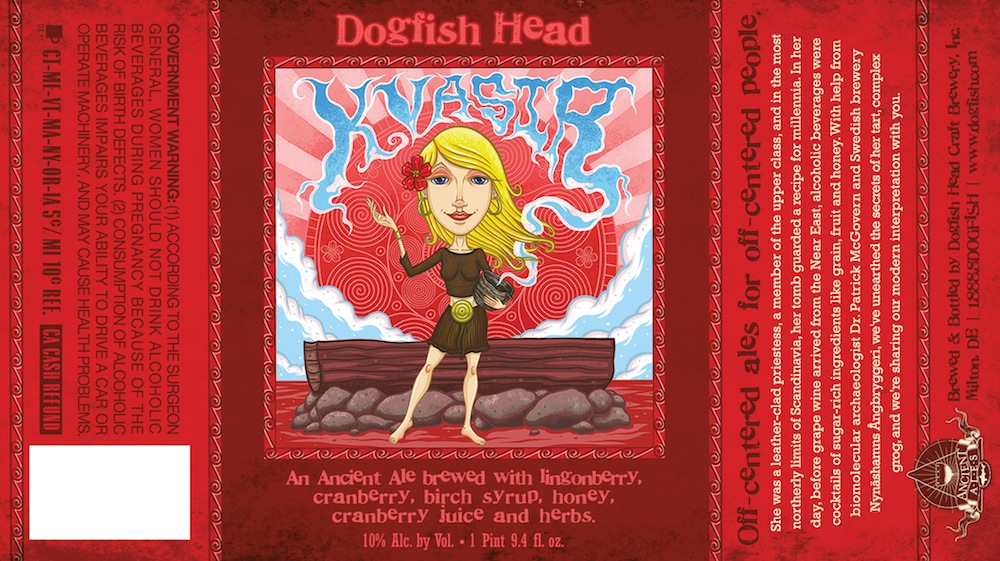Graves and Grog: Images of Nordic Artifacts
Ancient Drinking Set

An ancient drinking set discovered in Havor, Sweden, dates back to the first century AD. The set, imported from Rome, included a bucket, ladle and strainer and drinking cups. Analyses of artifacts, including this one, reveal that ancient Scandinavians drank grog made of grain, honey, fruits and herbs.
Egtved Girl

A young woman with yellow hair, found buried in an oak trunk coffin in Denmark. "Egtved Girl" lived between 1500 BC and 1300 BC and was likely a priestess. She wears a tasseled dress ornamented with a bronze disk and had a birch-bark bucket of grog at her feet.
Birch Bucket

Birch-bark bucket found at the feet of Egyved girl. The bucket contain traces of Nordic grog.
Juellinge Grave

A 30-year-old woman buried at Juellinge, Denmark around 200 BC clutched a bronze strainer, used for serving alcoholic beverages, in her hand. Residue analysis from grave artifacts revealed grog made with imported grape wine and juniper.
Dogfish Head Label

With the help of archaeologist Patrick McGovern, Dogfish Head Craft Brewery recreated the Nordic grog, dubbing it Kvasir after a mytholigcal wise man. The woman on the label wears Egtved Girl's outfit.
Brewing Grog

Sam Calagione, founder and President of Dogfish Head Craft Brewery, and Patrick McGovern of the Penn Museum’s Biomolecular Archaeology Project, brew up an ancient ale.
Get the world’s most fascinating discoveries delivered straight to your inbox.

Stephanie Pappas is a contributing writer for Live Science, covering topics ranging from geoscience to archaeology to the human brain and behavior. She was previously a senior writer for Live Science but is now a freelancer based in Denver, Colorado, and regularly contributes to Scientific American and The Monitor, the monthly magazine of the American Psychological Association. Stephanie received a bachelor's degree in psychology from the University of South Carolina and a graduate certificate in science communication from the University of California, Santa Cruz.
